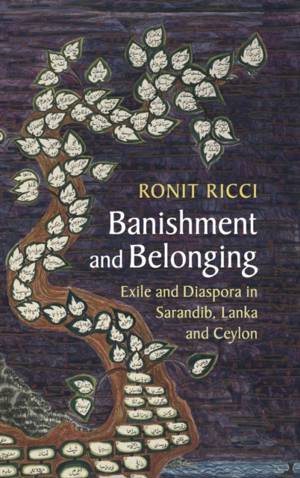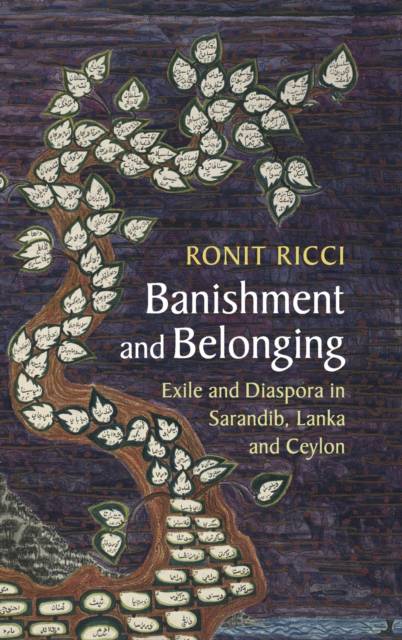
Je cadeautjes zeker op tijd in huis hebben voor de feestdagen? Kom langs in onze winkels en vind het perfecte geschenk!
- Afhalen na 1 uur in een winkel met voorraad
- Gratis thuislevering in België vanaf € 30
- Ruim aanbod met 7 miljoen producten
Je cadeautjes zeker op tijd in huis hebben voor de feestdagen? Kom langs in onze winkels en vind het perfecte geschenk!
- Afhalen na 1 uur in een winkel met voorraad
- Gratis thuislevering in België vanaf € 30
- Ruim aanbod met 7 miljoen producten
Zoeken
€ 160,45
+ 320 punten
Omschrijving
Lanka, Ceylon, Sarandib: merely three disparate names for a single island? Perhaps. Yet the three diverge in the historical echoes, literary cultures, maps and memories they evoke. Names that have intersected and overlapped - in a treatise, a poem, a document - only to go their own ways. But despite different trajectories, all three are tied to narratives of banishment and exile. Ronit Ricci suggests that the island served as a concrete exilic site as well as a metaphor for imagining exile across religions, languages, space and time: Sarandib, where Adam was banished from Paradise; Lanka, where Sita languished in captivity; and Ceylon, faraway island of exile for Indonesian royalty under colonialism. Utilising Malay manuscripts and documents from Sri Lanka, Javanese chronicles, and Dutch and British sources, Ricci explores histories and imaginings of displacement related to the island through a study of the Sri Lankan Malays and their connections to an exilic past.
Specificaties
Betrokkenen
- Auteur(s):
- Uitgeverij:
Inhoud
- Aantal bladzijden:
- 282
- Taal:
- Engels
- Reeks:
Eigenschappen
- Productcode (EAN):
- 9781108480277
- Verschijningsdatum:
- 2/01/2020
- Uitvoering:
- Hardcover
- Formaat:
- Genaaid
- Afmetingen:
- 155 mm x 231 mm
- Gewicht:
- 589 g

Alleen bij Standaard Boekhandel
+ 320 punten op je klantenkaart van Standaard Boekhandel
Beoordelingen
We publiceren alleen reviews die voldoen aan de voorwaarden voor reviews. Bekijk onze voorwaarden voor reviews.









